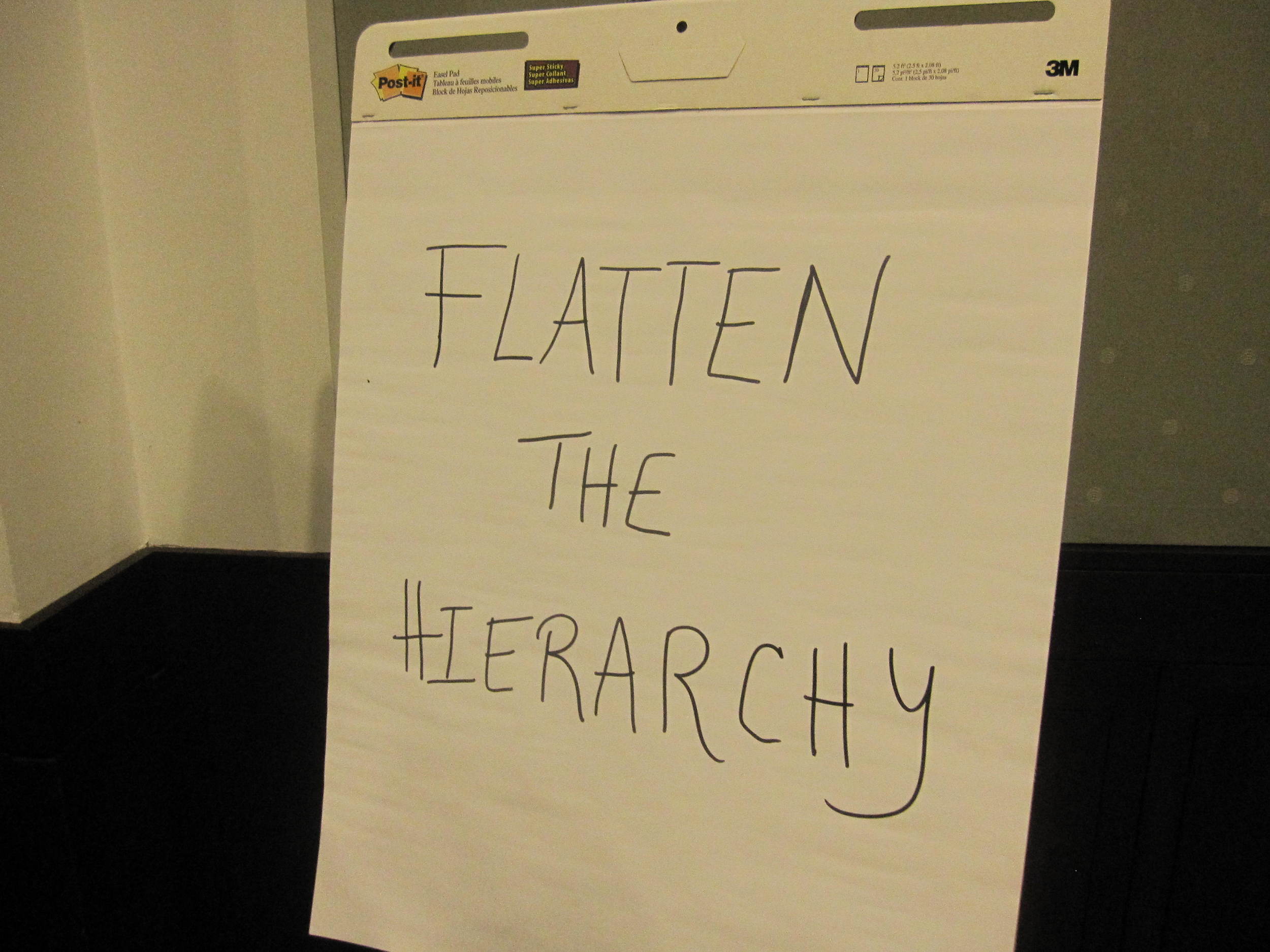There is no social limit or geographical boundary to creativity, inspiration and passion. There should be a movement to create nurturing innovation centers, accelerators and incubators in a far wider geographic foot print that what we have today. Certainly there are existing elements of an ecosystem in places like Cambridge and Boston’s Innovation District that make building young companies slightly less difficult. However, given the free flow of capital (human, intellectual, financial) in today’s world, there are few barriers to creating similar environments in other parts of Massachusetts, whether in the underserved inner city, suburban locations or cities such as Lowell, Lawrence, New Bedford, Springfield and Quincy. There are civic and business leaders in every location, educational resources throughout the state, and a spirit across Massachusetts that is highly conducive to figuring out ways to “innovate on innovation.”
In full disclosure (and as anyone who has stood next to me for longer than 10 minutes recently knows well), I’ve been involved with a group called South Shore innovation for several years and, more recently, have begun serving as an official mentor at the new Quincy Center for Innovation (QuincyInno). I’ve been advising the startups at Quincy Inno on issues regarding communications and marketing and I can easily say that I’ve gotten as much from them as they have from me. Every one of the “program entrants” at Quincy Inno celebrates the opportunity for collaboration, the free exchange of ideas, the access to mentors and peers with a range of business and life experiences, and the programmatic learning opportunities that have helped to accelerate development of their young businesses and organizations. Real, tangible benefit has accrued to these small businesses that would not have happened if they a) remained “in the garage” or b) stretched their resources (budget, time, transportation) to attempt to gain access to one of the Boston and Cambridge innovation and acceleration centers. They have built marketing plans, developed new products and services, figured out how to do audience research, launched products, expanded markets, met potential investors and service providers, hired their first employees, and built deep connections in the community and nonprofit worlds on the South Shore. Eventually these start ups will be able to tap a ready labor pool that is either already located in their “neighborhood” or that will migrate outside of the major urban centers to work closer to more affordable housing options.
I understand that there are a several steps that can and should be made to make the vision of a network of innovation centers spanning Massachusetts a reality. The state government, even federal government, could do more to improve infrastructure, especially mass transit, and training and education opportunities. Again, I think the city of Quincy has done an incredible job in seeing the potential for the Quincy Center for Innovation as an economic driver and has done yeoman work in support of the Center. I know that type of support is available elsewhere whether it’s via established businesses, government, nonprofits, colleges and universities, NGOs or through inspired individuals, like Sal Lupoli in Lawrence.
Regardless of the road chosen, reaching the goal of a thriving culture of innovation that runs far beyond what exists today and touches cities and town across the state is well within reach. There is no monopoly on passion and individuals and institutions can rise to the challenge of supporting the next generation of business and social leaders if they push beyond traditional geographical boundaries and conventional wisdom.








